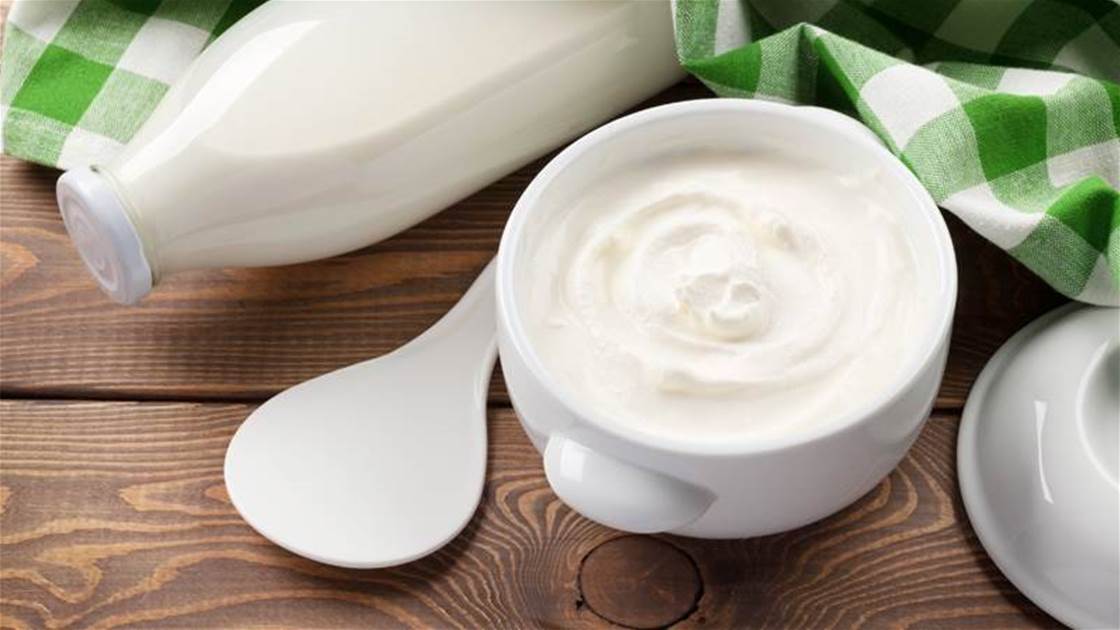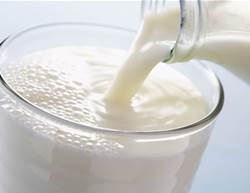People in Iceland have been eating the cultured dairy product for thousands of years. But now, skyr seems poised to take over the dairy case right here at home. Technically, it's a strained cheese made from skim milk. But you can usually find it right next to the yogurt. And unlike a hunk of Parmesan or Brie, you don't have to feel bad about eating skyr for breakfast.
Because even though it's not technically yogurt, the nutritional profile is almost identical. Plain skyr serves up 418 kilojoules, 17 g of protein, 0 g of fat, and 3 g of sugar per 140 g serving, compared to nonfat Greek yogurt's 335 kilojoules, 15 g of protein, 0 g of fat, and 4 g of sugar. And both deliver 15% of your daily calcium.
MORE: Everything You Need To Know About Prebiotics
If you're looking for a nonfat, high-protein source of fermented dairy, you'd do well choosing skyr or Greek yogurt. "Nutritionally, they offer the same benefits. It really comes down to taste and texture, and which you prefer more," says registered dietician Sarah Pflugradt. Compared to Greek yogurt, skyr is slightly thicker and less tangy, kind of like crème fraîche. So if you always secretly wished your Greek yogurt was just a little bit less mouth-puckering, skyr might be the stuff for you.
The one exception? If you're after more fat or kilojoules, opt for low-fat or full-fat Greek yogurt. (Unlikely? Maybe. But still good to know.) Since skyr is made from skim milk, it's always nonfat.
One last thing to keep in mind: Like Greek yogurt, there are lots of flavoured skyrs out there. Though tasty, they tend to be higher in added sugars, so steer clear. If you want to gussy up your skyr, try fresh fruit, honey, or maple syrup, so you can control how much sweetness goes in.






.jpg&h=193&w=250&c=1&s=1)



